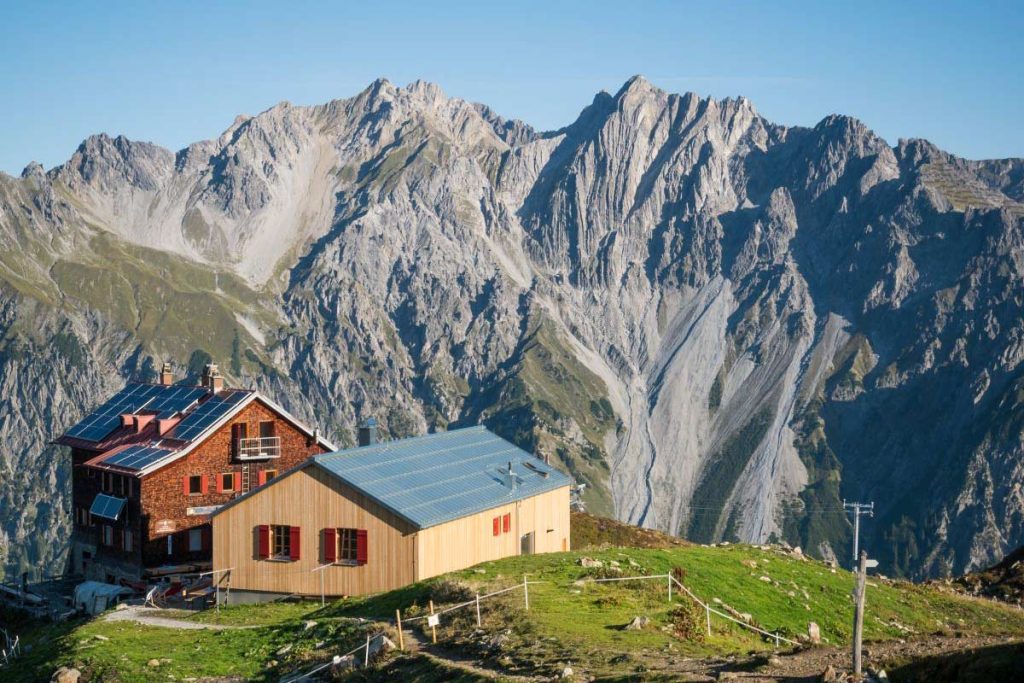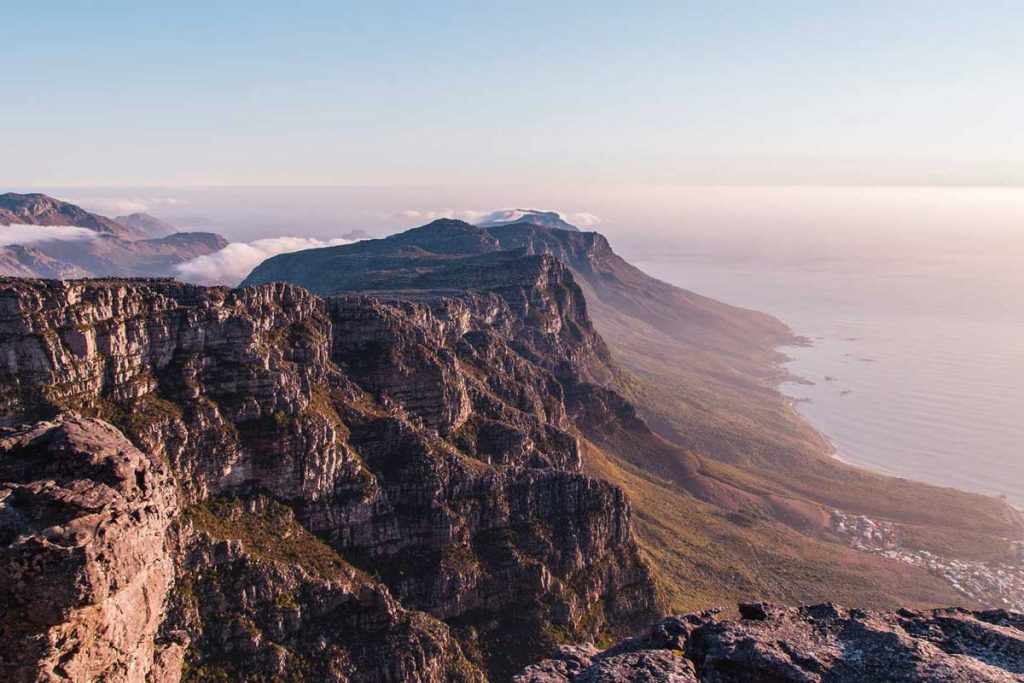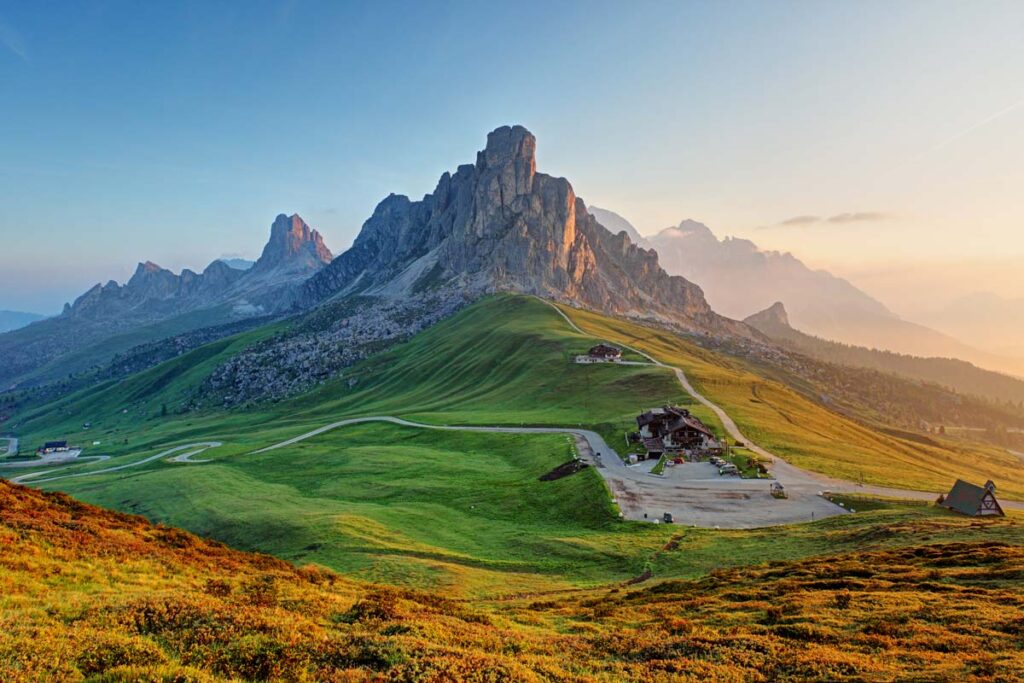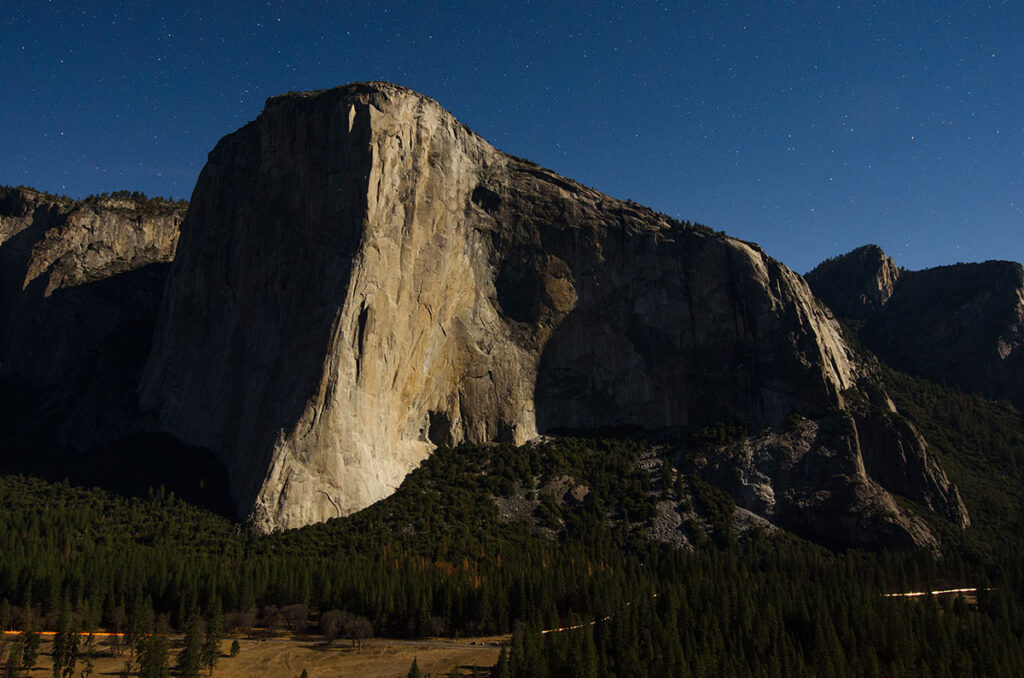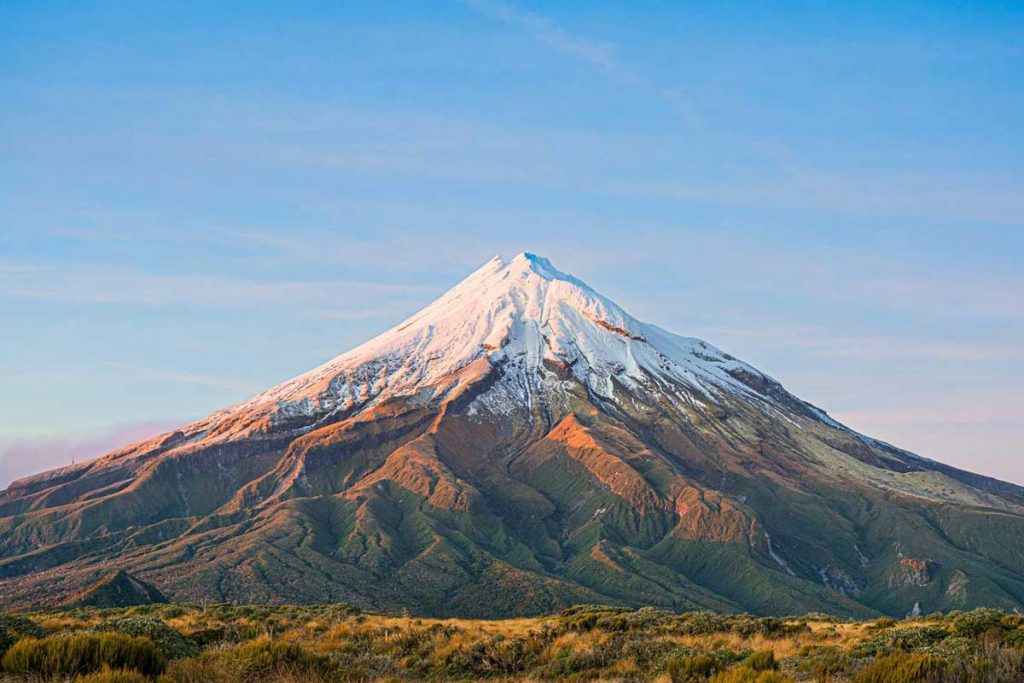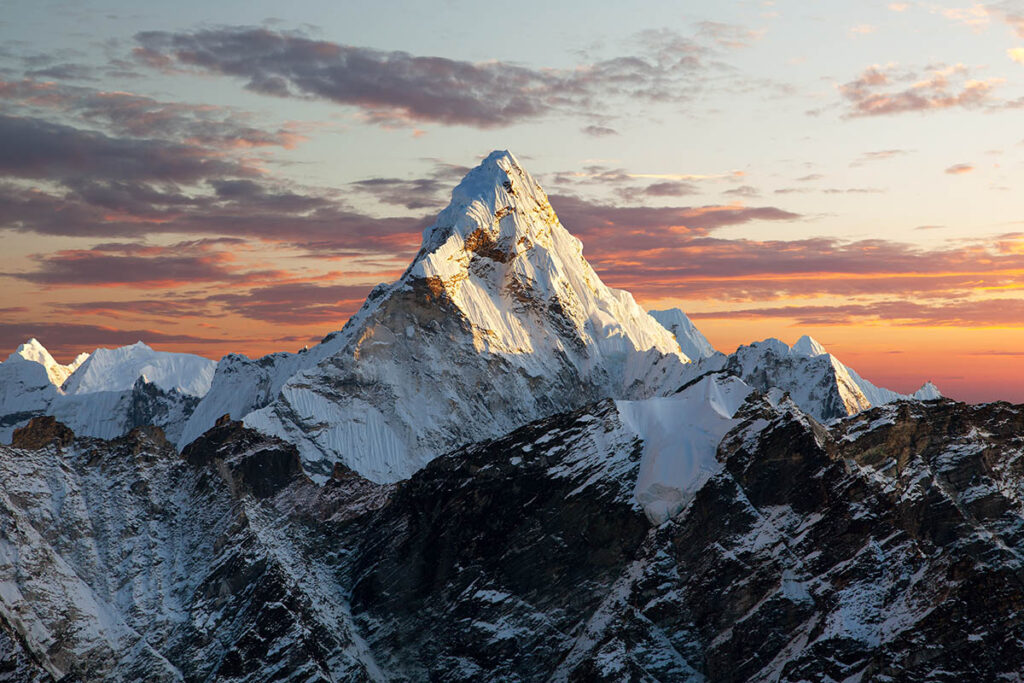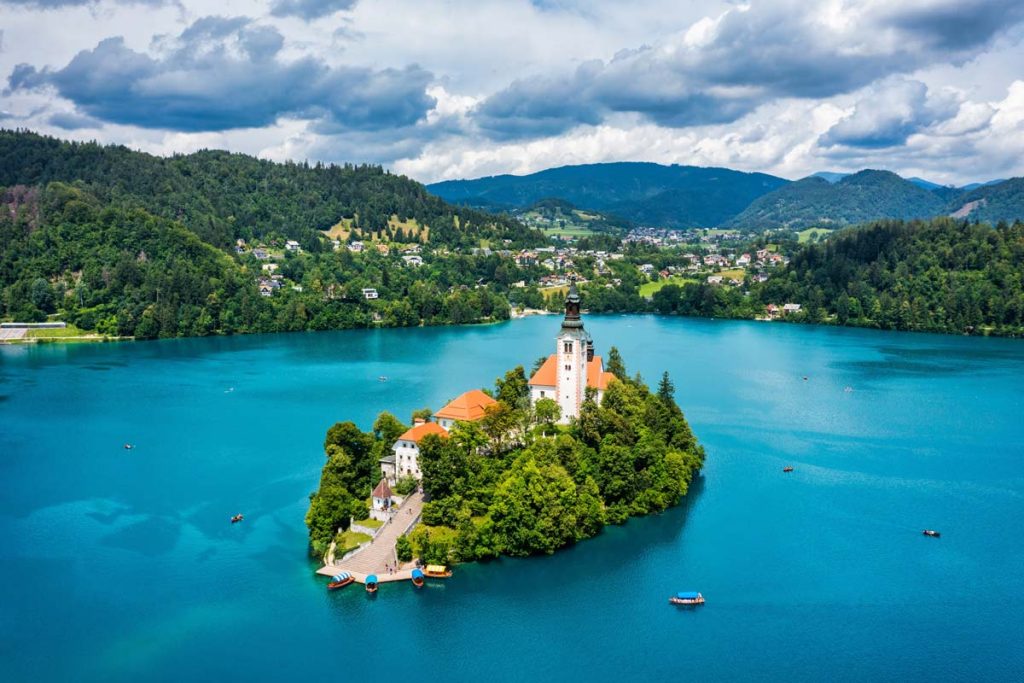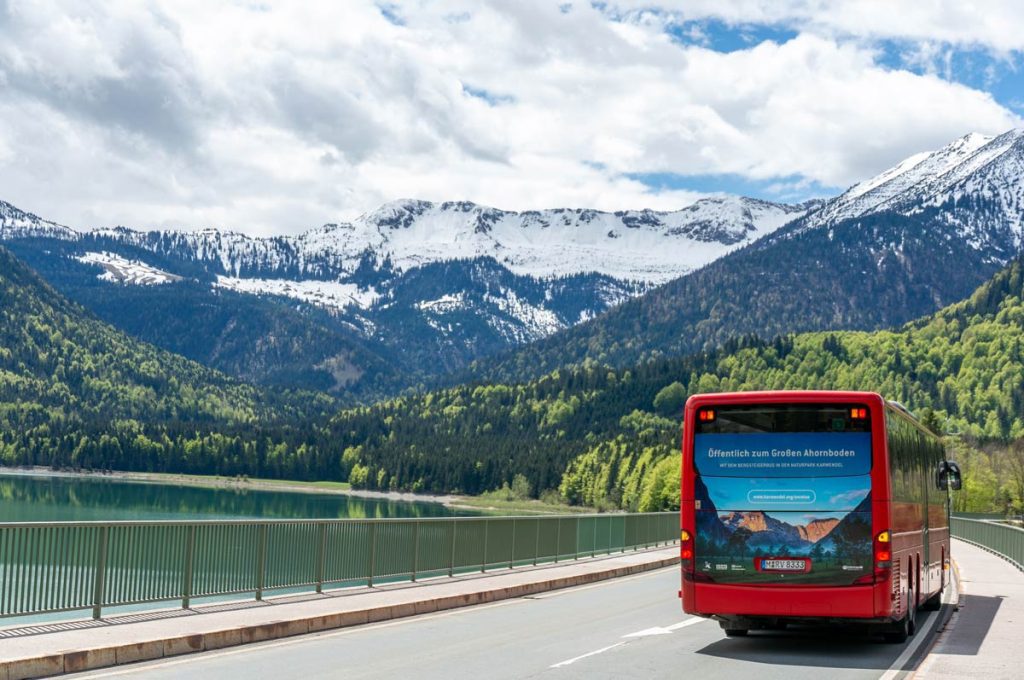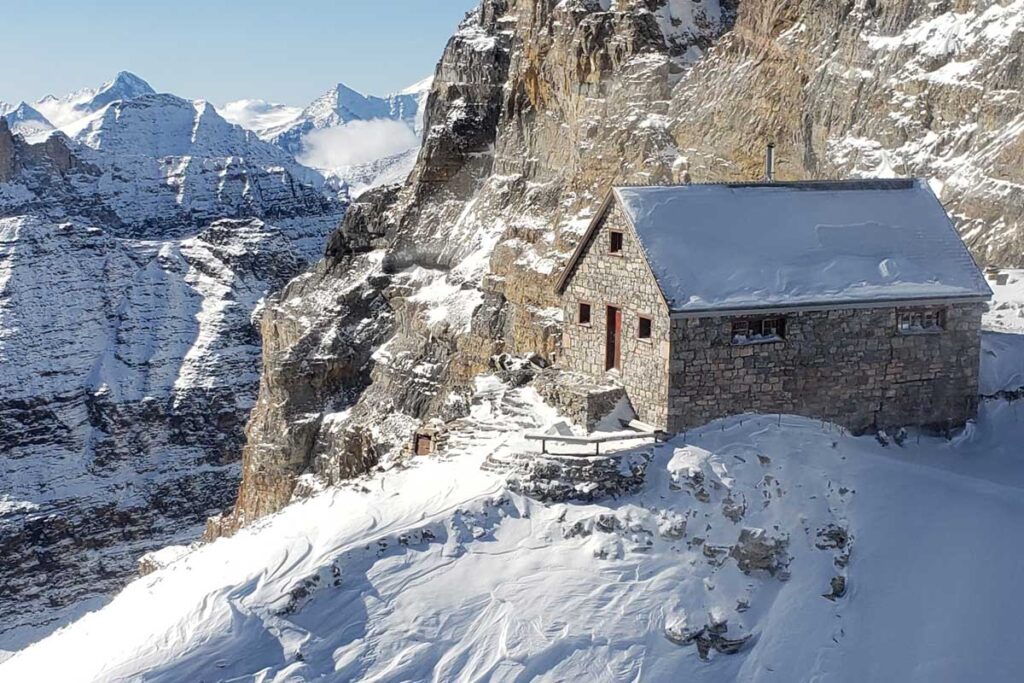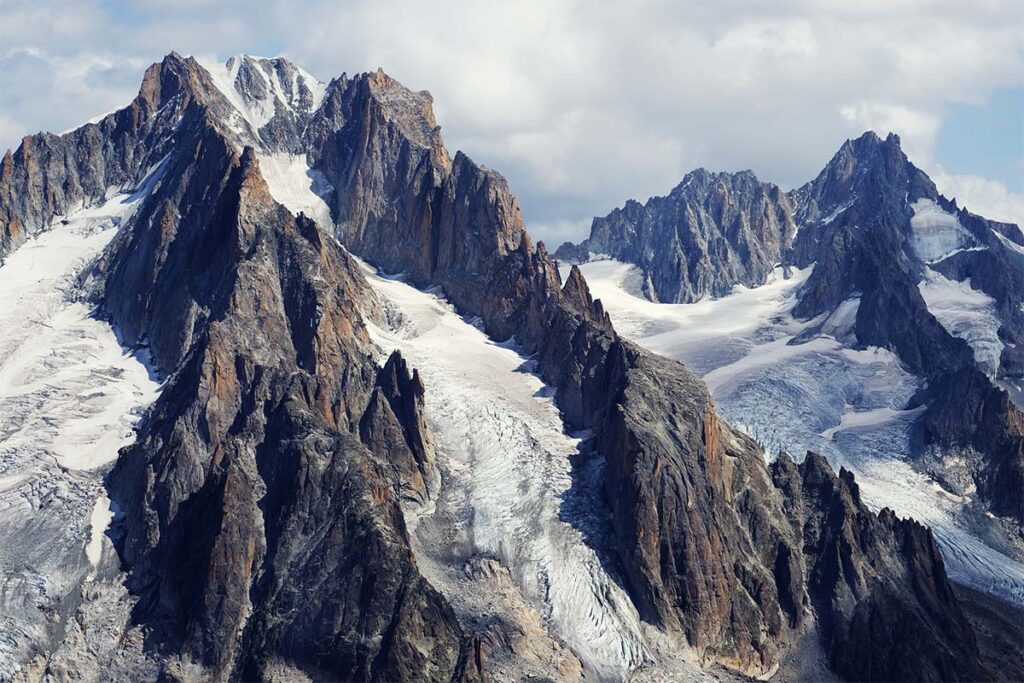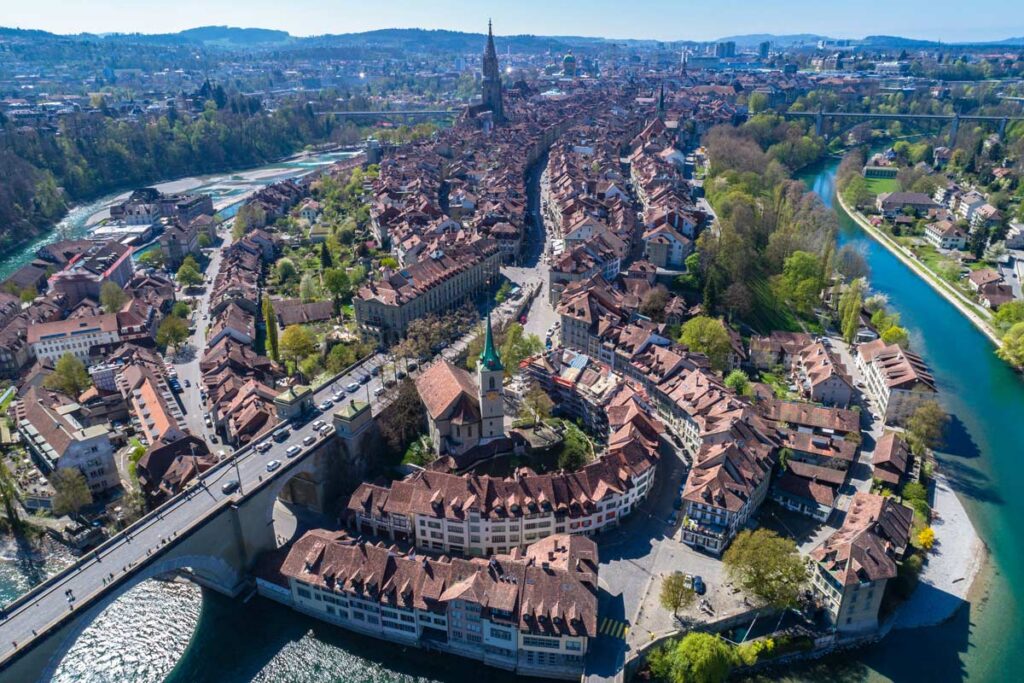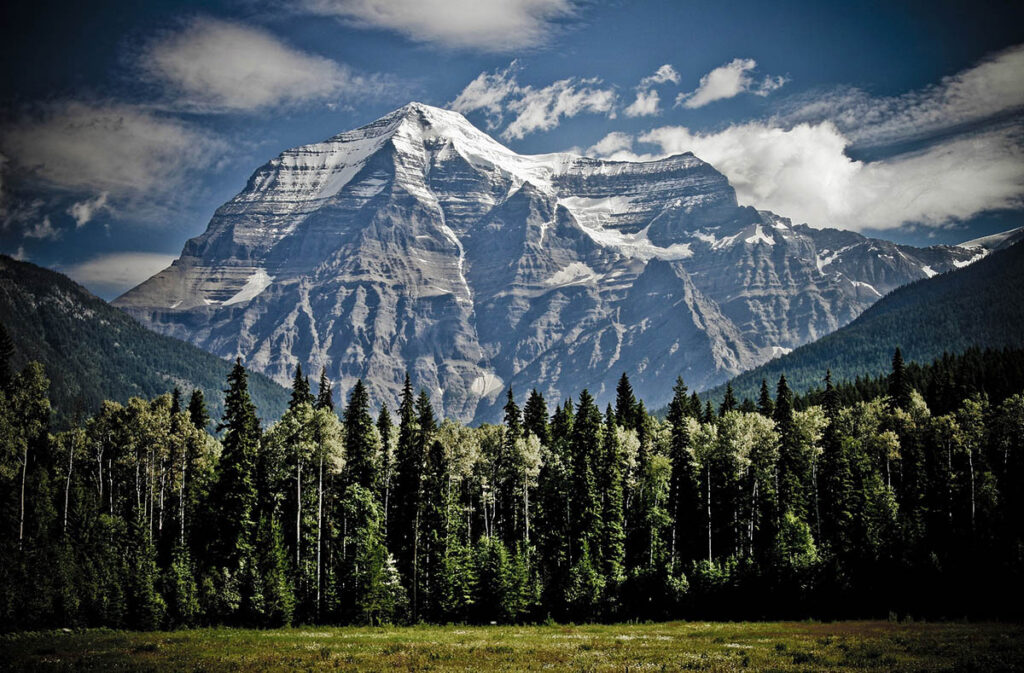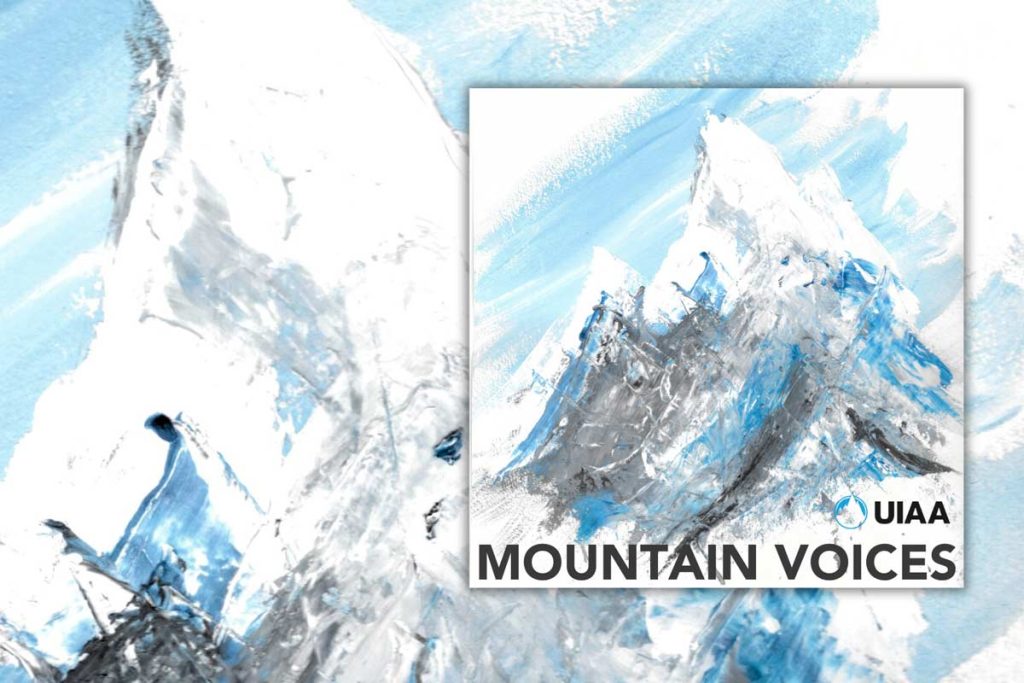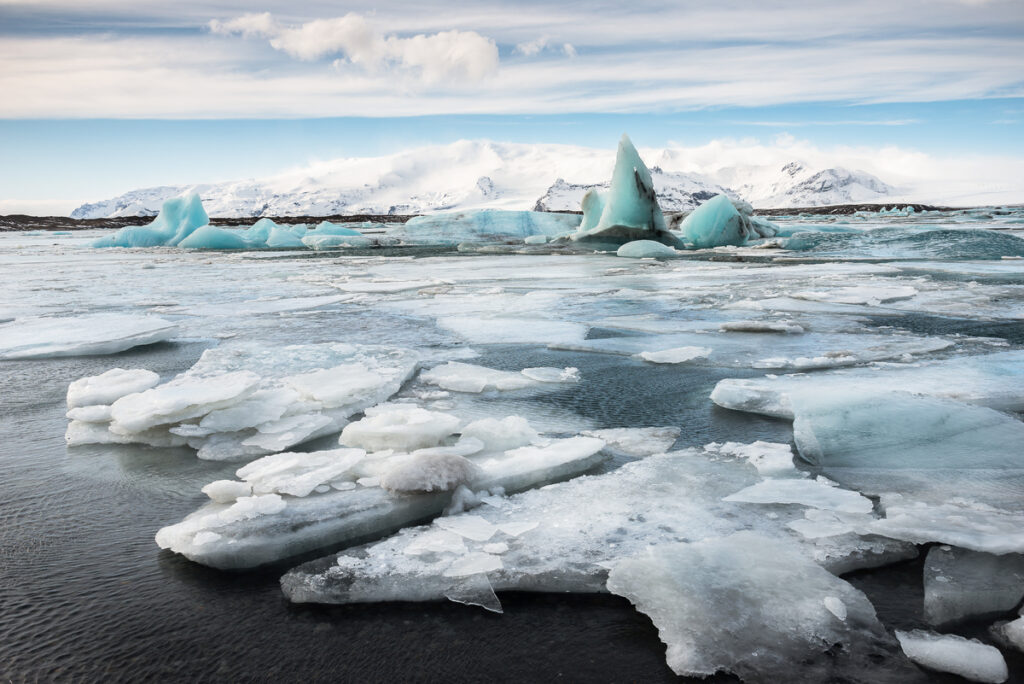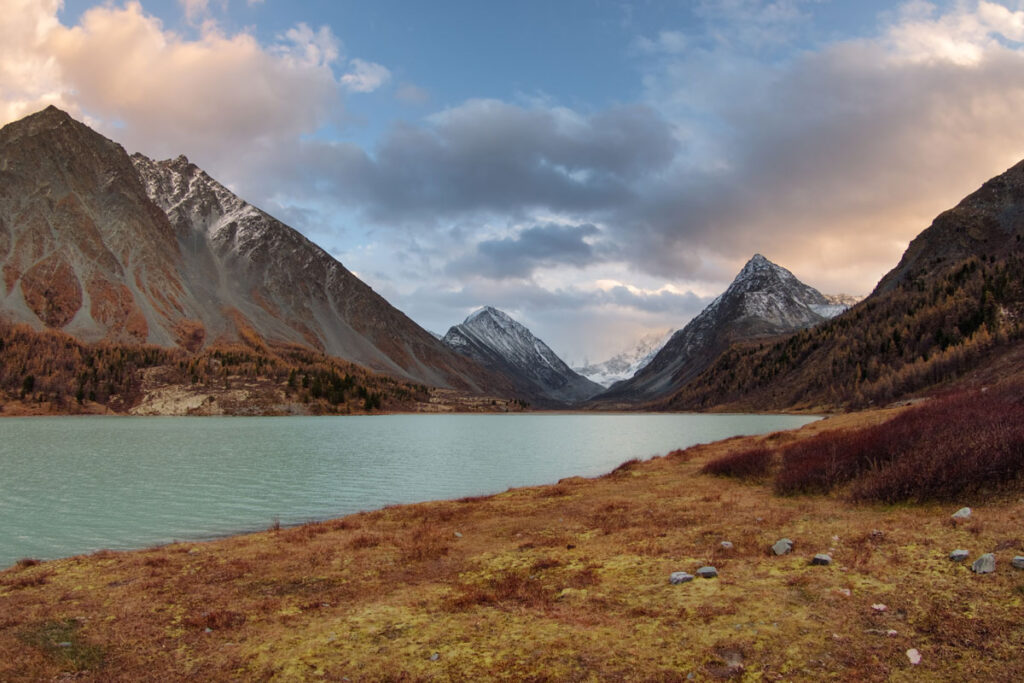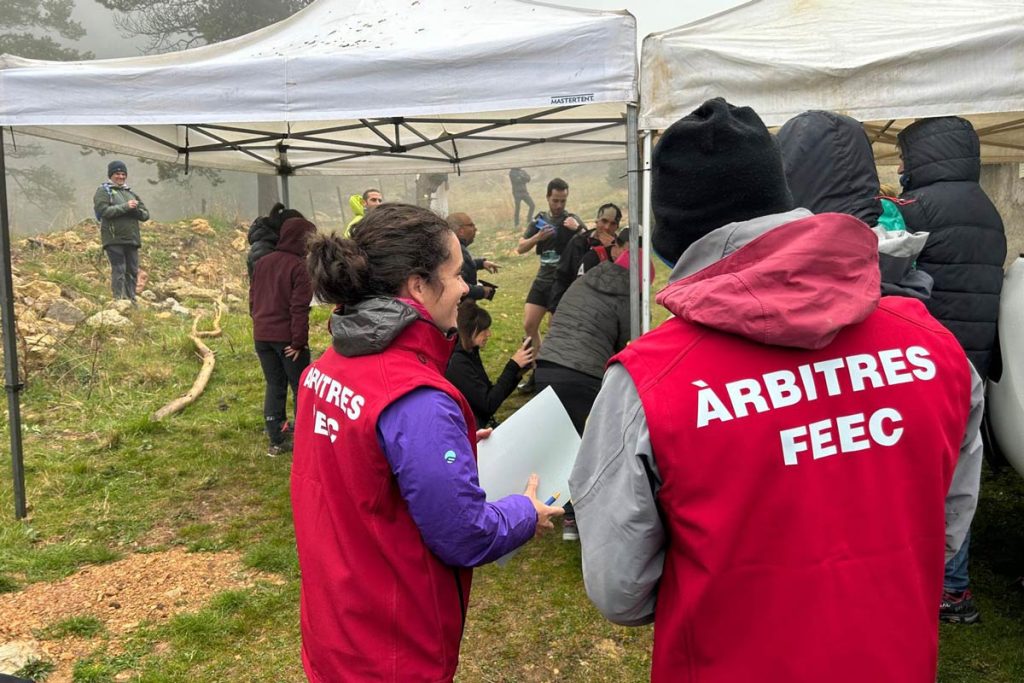UIAA Climate Action Plan for
Member Federations
Commit, Move, Together, Now!
The Climate Action Plan for UIAA member federations proposes actions and suggests resources that mountain clubs and associations can draw on to help develop and evaluate their own climate actions.
Member federations in different parts of the world will be at different stages in acting on climate change, so this is not a prescriptive plan. Rather it is a set of resources that each mountaineering association can evaluate and tailor for their own needs.
This guide is made up of science-based recommendations and actions suggested by different UIAA member federations. The key takeaway is to inspire and help your association take those important first and continued steps to commit, adapt, mitigate and educate on climate action.
Support for members
If your association has other advice or finds an effective way to alter any of the suggestions mentioned here, we hope you will report your experience.
Take the first step, commit to climate action and define tangible and measurable targets.
Lower your impact by avoiding, reducing, and compensating Green House Gases (GHGs).
Increase your climate resilience by finding new or alternate ways of going about your activities.
Use your voice to educate and influence stakeholders about climate change action.
Commit
Take the first step
Committing to climate change action and setting priorities is all about defining tangible and measurable targets that work for your federation. These targets can vary in scope – they can be simple or complex; they can borrow from UIAA operational targets or be tailored completely differently.
Be prepared for pushback – a few individuals or groups may feel it is not the role of mountain associations to address climate change issues. The UIAA respectfully recognizes these views. However, it is the scientifically based opinion of the UIAA that climate change forms a real and existential threat to mountaineering and mountain communities. We need to continue the UIAA tradition of mountain leadership and step up to face this challenge.
How?
• Evaluate where and how climate change forces your federation and its members to climb differently.
• Update how objective risk is being assessed for mountain hazards in a changing climate
• Make sure adaptation actions address longer-term climate impacts and aren’t simple quick-fixes.
• Adapt huts, trails and infrastructure to predicted climate change scenarios e. g. renovate, close or (re)move huts; mitigate external hazards, e.g. stream diversion, trail realignment.
Case Studies
Mitigate
Lower your impact
Mitigation is about avoidance, reduction, and compensation of Green House Gases (GHG) used in areas controlled by your federation. It is important for Member Federations to define their own specific tangible and measurable mitigation targets. Several of the examples here use GHG emissions calculators. But there is no reason a federation can’t start with something quicker and easier to measure and then progress as experience builds. For example, keep track of the number of club trips where carpooling was used. And aim to increase the number. Or keep track of helicopter servicing trips used from year to year, and aim to decrease them (or hold steady) as time goes on. Focus on the “low-hanging fruit”, so easy-to-implement measures first.
How?
• Start collecting data on emissions generated by your organisation. Then calculate the footprint.
• Evaluate and prioritse where your federation could avoid, reduce and (only then) compensate emissions. Use this information to help formulate a climate action strategy.
• Travel often is responsible for the largest chunk of caused emissions. Address it accordingly.
• Start small – maybe individual huts, high profile club events, and/or selected club/association infrastructure (ie. office)
Case Studies
Free carbon footprint calculator used by the UIAA:
https://www.carbonfootprint.com/
Another useful sustainability resource for climbers:
https://www.climberscuttingcarbon.org/
Adapt
Increase Resilience
Climate adaptation is key to a climate resilient future. In the context of mountaineering, adaptation means finding new or alternate ways of going about our activities facing increasing and intensifying weather extremes, floods, droughts, reduced food and water security. Member Federations know their playgrounds the best and are aware of arising risks and needs for taking alternate routes. Under this pillar, it is key for Member Federations to address its priorities in managing the direct impacts of climate change. For many Federations adaptation is what they are being forced to do, because climate change is knocking at their doors. Within the world of mountaineering adaptation often revolves around water (droughts, floods, ice melting).
How?
• Evaluate where and how climate change forces your Federation and its members to climb differently.
• Update how objective risk is being assessed for mountain hazards in a changing climate.
• Make sure adaptation actions address longer-term climate impacts and aren’t simple quick-fixes.
• Adapt huts, trails and infrastructure to predicted climate change scenarios e. g. renovate, close or (re)move huts; mitigate external hazards e.g. stream diversion, trail realignement.
Educate & Advocate
Tell your story
Advocacy is all about education and influence. Member Federations have an inherent role in informing their individual members about important mountaineering topics, and in this context about climate change and how to take action. This is the time for inspirational stories and sharing the journey that you as a Federation have been and continue to be on. It is also the platform to share challenges you have faced. Through telling compelling and relevant stories, readers become educated indirectly, yet sometimes more effectively. Because they care. In many countries advocacy can go beyond the realm of the federation and its members, with Federations requesting change in national policies.
How?
• Use the power of storytelling and share what your federation and mountaineers are witnessing in climate change (action) through your platforms such as magazines, social media, website, newsletter, etc.
• Educate your staff, volunteers, clubs and sections about climate change (action) and use opportunities to facilitate a change in perception and behaviour.
• Create an exchange platform for your members to get inspiration from and share stories
AVAILABLE FOR DOWNLOAD
Related
Pages
Discover more about the UIAA’s commitment to tackling climate change.
SUSTAINABILITY
CLIMATE ACTION


